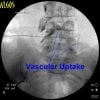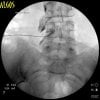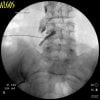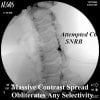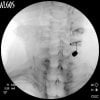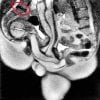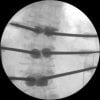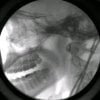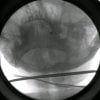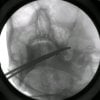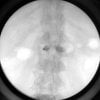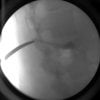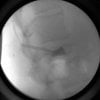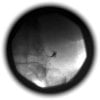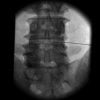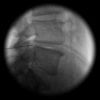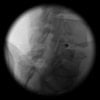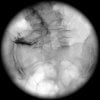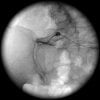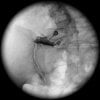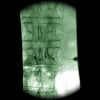The prevalence of occult peripheral arterial disease among patients referred for orthopedic evaluation of leg pain
Joseph Bernstein
Department of Orthopedic Surgery, University of Pennsylvania, Philadelphia, PA, USA; Veterans Affairs Medical Center, Philadelphia, PA, USA
John L Esterhai
Department of Orthopedic Surgery, University of Pennsylvania, Philadelphia, PA, USA; Veterans Affairs Medical Center, Philadelphia, PA, USA
Mitchell Staska
Veterans Affairs Medical Center, Philadelphia, PA, USA
Sally Reinhardt
Veterans Affairs Medical Center, Philadelphia, PA, USA
Marc E Mitchell
Department of Surgery, University of Mississippi, Jackson, MS, USA
[email protected]
Abstract
Lower extremity peripheral arterial disease (PAD) and musculoskeletal conditions both produce symptoms of leg pain, and may coexist. This study assesses the prevalence of PAD among patients referred to orthopedic surgery for evaluation of lower extremity pain. Fifty consecutive patients aged 50 years or more who had a chief complaint of leg pain, no history of trauma, and no previous history of PAD were studied prospectively. The presence of known risk factors for PAD and classic claudication symptoms was assessed by telephone interview and medical record review. Individuals were then evaluated by measurement of the anklebrachial index (ABI) using Doppler and pulse volume recordings (PVR). A patient was deemed to have PAD if the ABI was below 0.9 or if the PVR demonstrated significant abnormalities. Occult PAD was detected in 10 of the 50 patients (20%) on the basis of the non-invasive vascular studies. There were no differences between patients with PAD and those without PAD regarding the presence of risk factors for PAD. None of the patients without PAD had claudication, while only one of the 10 patients with PAD had symptoms of classic claudication. In conclusion, 20% of patients referred by primary care providers to the orthopedic surgery clinic for lower extremity pain were discovered to have occult PAD. The majority of these patients did not have claudication. Orthopedic surgeons and primary care providers must maintain an appropriately high index of suspicion for PAD when evaluating patients with non-traumatic lower extremity pain.
Article out 1 month too late.

